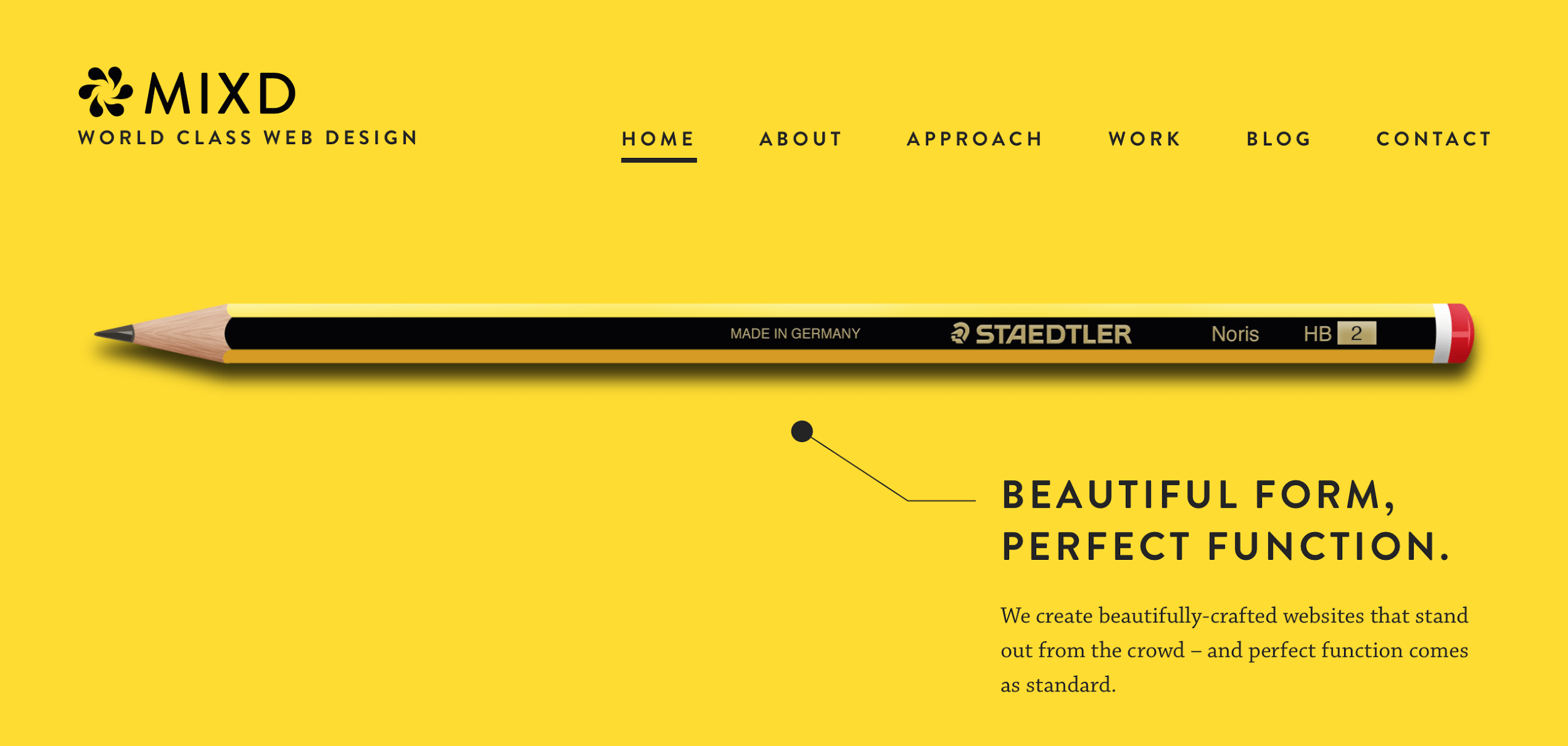Shop At Haya: Your Ultimate Shopping Guide
Discover the best shopping tips, trends, and deals for a smarter buying experience.
Less Is More: Crafting Websites That Breathe
Discover the art of minimalist web design and learn how simple elements can create breathtaking user experiences. Less really is more!
Embracing Minimalism: How Simple Design Enhances User Experience
In today's fast-paced digital world, embracing minimalism has become a vital strategy for enhancing user experience. By stripping away unnecessary elements and focusing on simplicity, designers create an environment where users can effortlessly navigate and engage with the content. Simple design reduces cognitive overload, allowing users to process information quickly. A clean layout with ample white space draws attention to key features, making it easier for users to absorb the main message without distractions.
Moreover, minimalism promotes functionality over ornamentation, which is particularly valuable in web design. Each element on a minimalistic page should serve a purpose, whether it’s guiding users to important calls to action or enhancing the overall aesthetic. This approach not only enhances usability but also fosters a sense of calm and clarity. In a world inundated with information, a simple design can significantly improve user satisfaction by creating a seamless and enjoyable browsing experience.

The Art of Whitespace: Creating Balance in Web Design
The use of whitespace in web design is a fundamental principle that enhances the overall user experience. By strategically incorporating whitespace, designers can create a sense of balance and harmony on a webpage. This often involves leaving empty spaces around elements such as text, images, and buttons, ensuring that each component has room to breathe. Whitespace serves not only to improve visual appeal but also enhances readability, guiding the viewer's eye to the most critical information without overwhelming them.
Moreover, effective use of whitespace can improve website functionality. For instance, when whitespace is used to separate related content, it becomes easier for users to distinguish between sections, making navigation more intuitive. A well-designed layout that employs ample whitespace can lead to increased engagement, as users are more likely to stay on a site that feels organized and uncluttered. In a world where attention spans are dwindling, the art of whitespace becomes a powerful tool for web designers seeking to capture and maintain user interest.
Is Less Really More? Debunking Common Myths About Minimalist Websites
The phrase less is more often leads to the misconception that minimalist websites lack functionality or depth. In reality, a well-designed minimalist website prioritizes user experience by stripping away unnecessary elements that can distract or confuse visitors. By focusing on essential content and streamlined navigation, these websites can effectively guide users to their intended actions, such as making a purchase or signing up for a newsletter. This approach not only enhances usability but also boosts conversion rates, proving that simplicity can be powerful.
Another common myth is that minimalist websites are synonymous with plain or dull designs. On the contrary, minimalism allows for a bold use of white space and intentional color choices, which can create visually striking layouts. This design philosophy encourages creators to utilize typography and imagery strategically, making every element count. As a result, minimalist websites can convey a strong brand identity while maintaining a clean aesthetic, demonstrating that less can indeed be more in the world of web design.